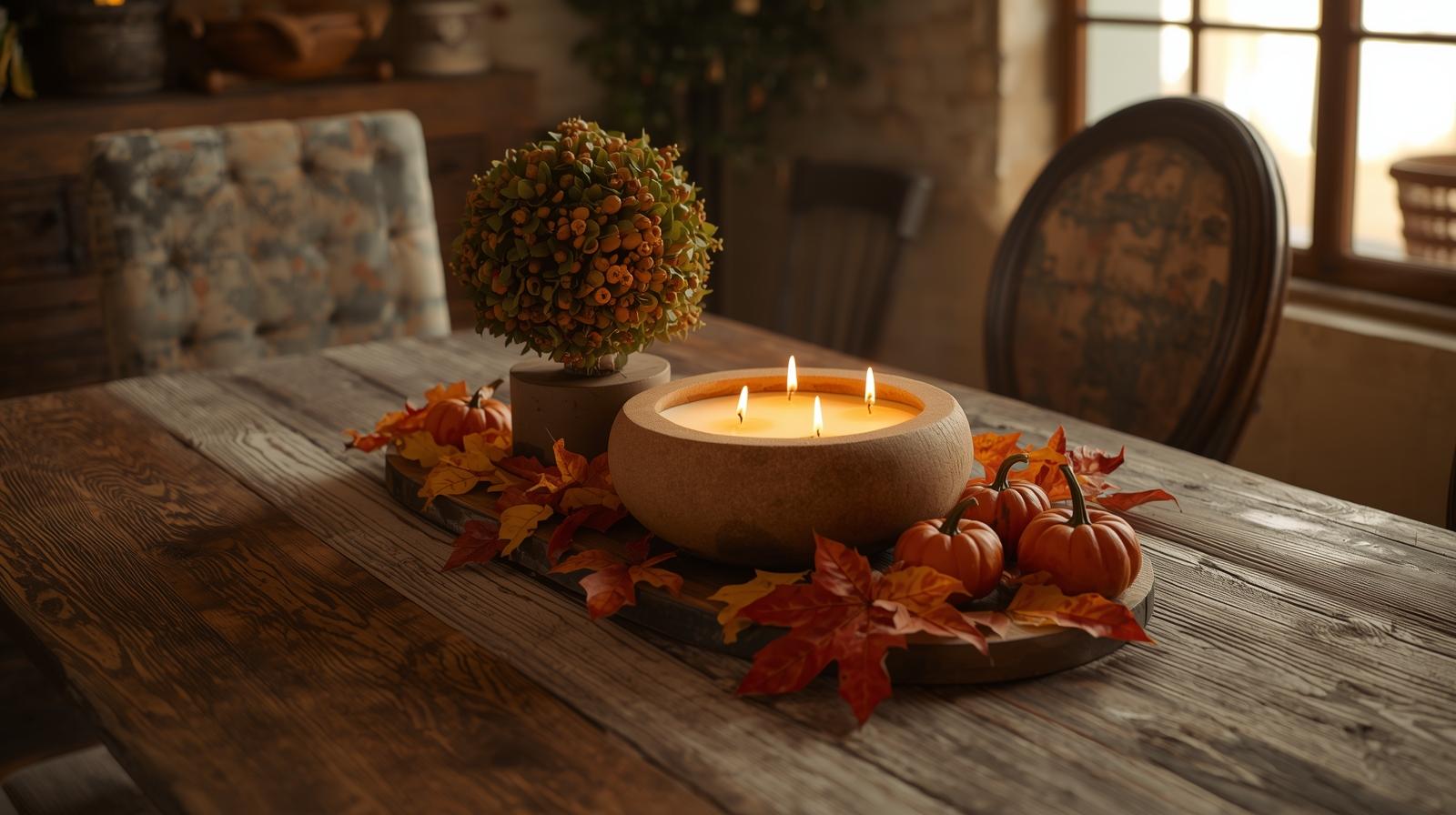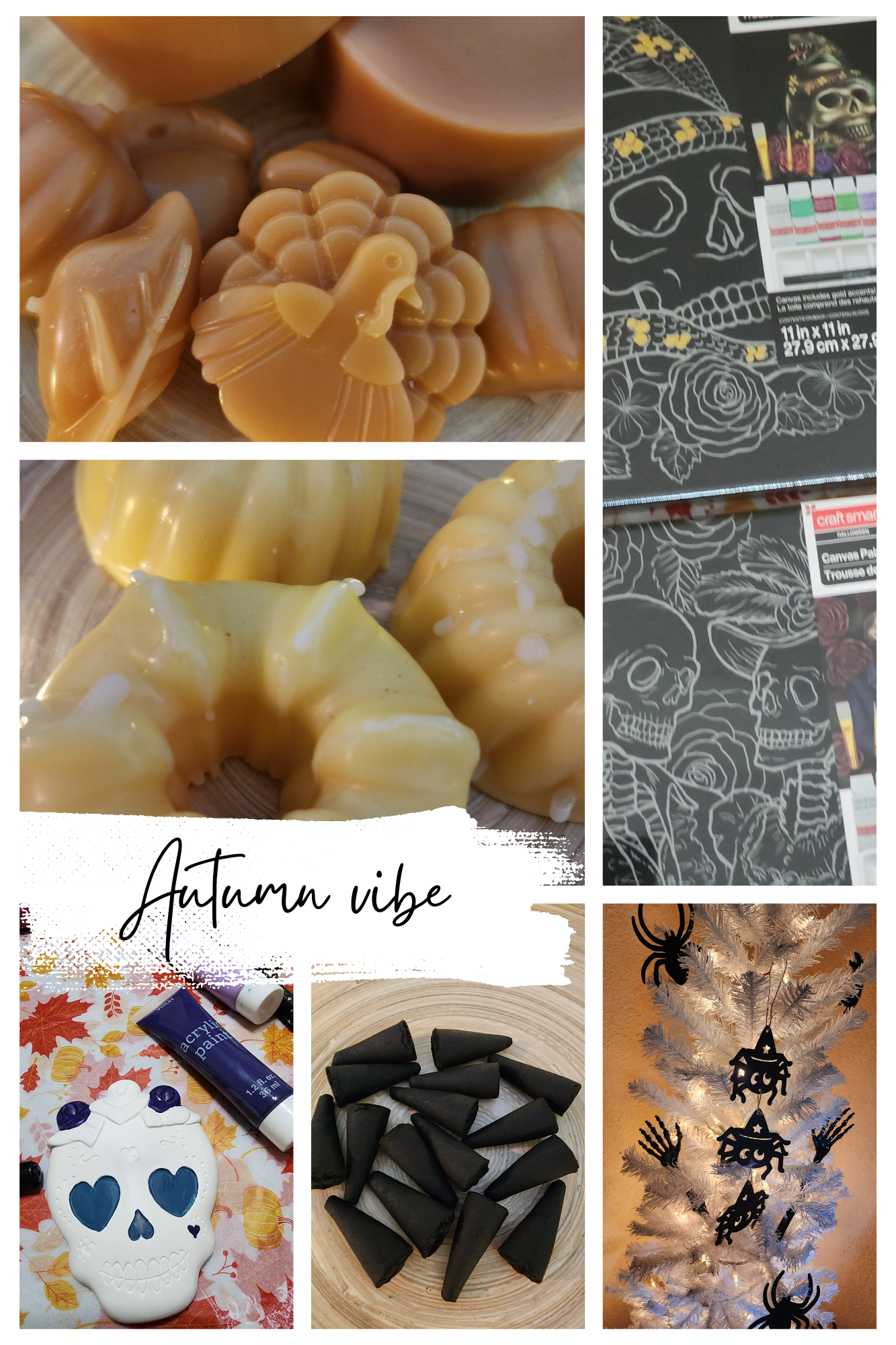
Image created with Canva AI
When September rolls in and the heat starts to break—well, sometimes—it feels like something’s shifting in the South. The cicadas grow quieter, the air smells of cut hay, and front porches get dressed with pumpkins and mums. But beyond the decorations and cooler mornings, early fall in the South has always carried a touch of mystery. Generations have passed down stories, signs, and superstitions that tie this season to both the land and the spirit world.
Signs Nature Gives
Southerners long relied on the natural world to predict what was ahead. If the goldenrod bloomed heavy, it meant frost was on its way. A big acorn drop warned of a rough winter coming. Blackbirds crowding power lines meant a chill wasn’t far off. Even the insects had something to say—crickets chirping fast at night promised more warm days, while sudden silence in the woods was taken as a bad omen.
Spirits Stirring in the Season
As the nights grew longer, folks whispered that the line between the living and the dead blurred. Families told tales of ghostly women wandering backroads, phantom lanterns luring travelers into swamps, and restless soldiers marching under the harvest moon. These stories weren’t just for scaring children—they were warnings to respect the season’s power.
Haunted Legends of the South
Early fall is the perfect time for old Southern ghost stories to resurface. In Tennessee, people still whisper about the Bell Witch of Adams, a spirit said to torment the Bell family in the early 1800s. Her laughter, shrieks, and strange voices are still part of local legend every autumn. In Arkansas, the Gurdon Light—a mysterious glowing orb that appears along railroad tracks—has been seen since the 1930s, believed by some to be the lantern of a murdered rail worker. Down in Mississippi, folks talk of Stuckey’s Bridge, where the ghost of an old innkeeper is said to haunt the waters, especially on cool fall nights.
Witches, Charms, and Porch Lore
Witches held a special place in early fall folklore. In Appalachia and the Deep South, people believed witches were at their strongest during the harvest moon. Carved turnips or gourds were set by doors to keep mischief away, a practice that later turned into the jack-o’-lantern tradition. Some even swore leaving a rocking chair empty on a porch at night invited a witch—or worse, a spirit—to make themselves comfortable.
Folklore as Guidance
Though the tales sound spooky, much of the folklore served a purpose. Farmers learned to prepare for winter by watching squirrels, crops, and skies. Families passed ghost stories to remind children not to wander too far after dark. Witches and charms gave people a sense of control when life was unpredictable.
The Story Lives On
Today, we may check weather apps instead of acorns, and porch rockers are more about comfort than superstition. Still, these stories linger. Around bonfires, tailgates, and porches, Southerners keep sharing them, weaving a little mystery into the cooling air. Early fall in the South is more than a season—it’s a reminder that tradition, superstition, and storytelling are as much a part of autumn as falling leaves.
Lisa Crow contributed to this article. She is a true crime junkie and lifestyle blogger based in Waco, Texas. Lisa is the Head of Content at Gigi’s Ramblings and Southern Bred True Crime Junkie. She spends her free time traveling when she can and making memories with her large family which consists of six children and fifteen grandchildren.








